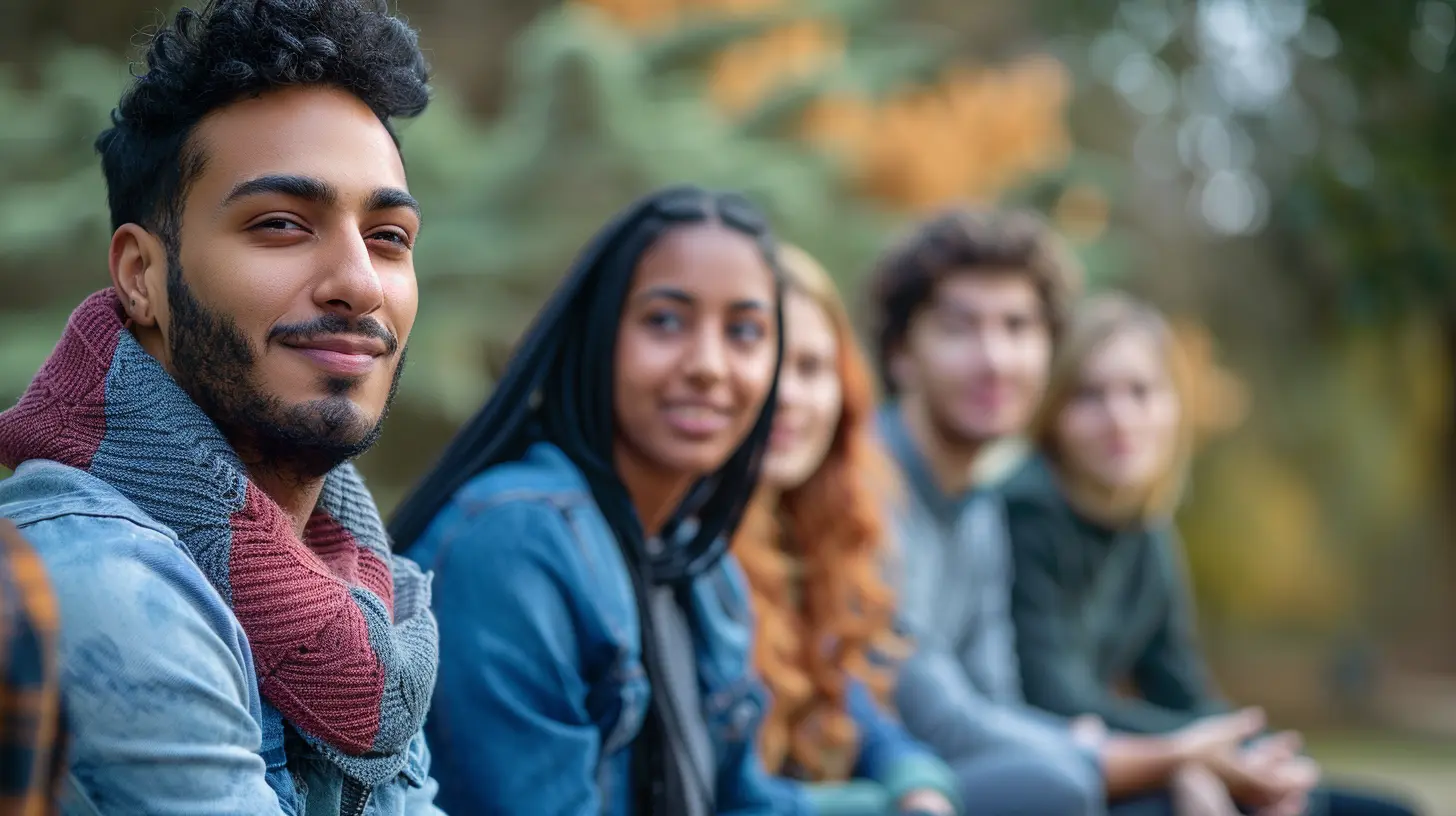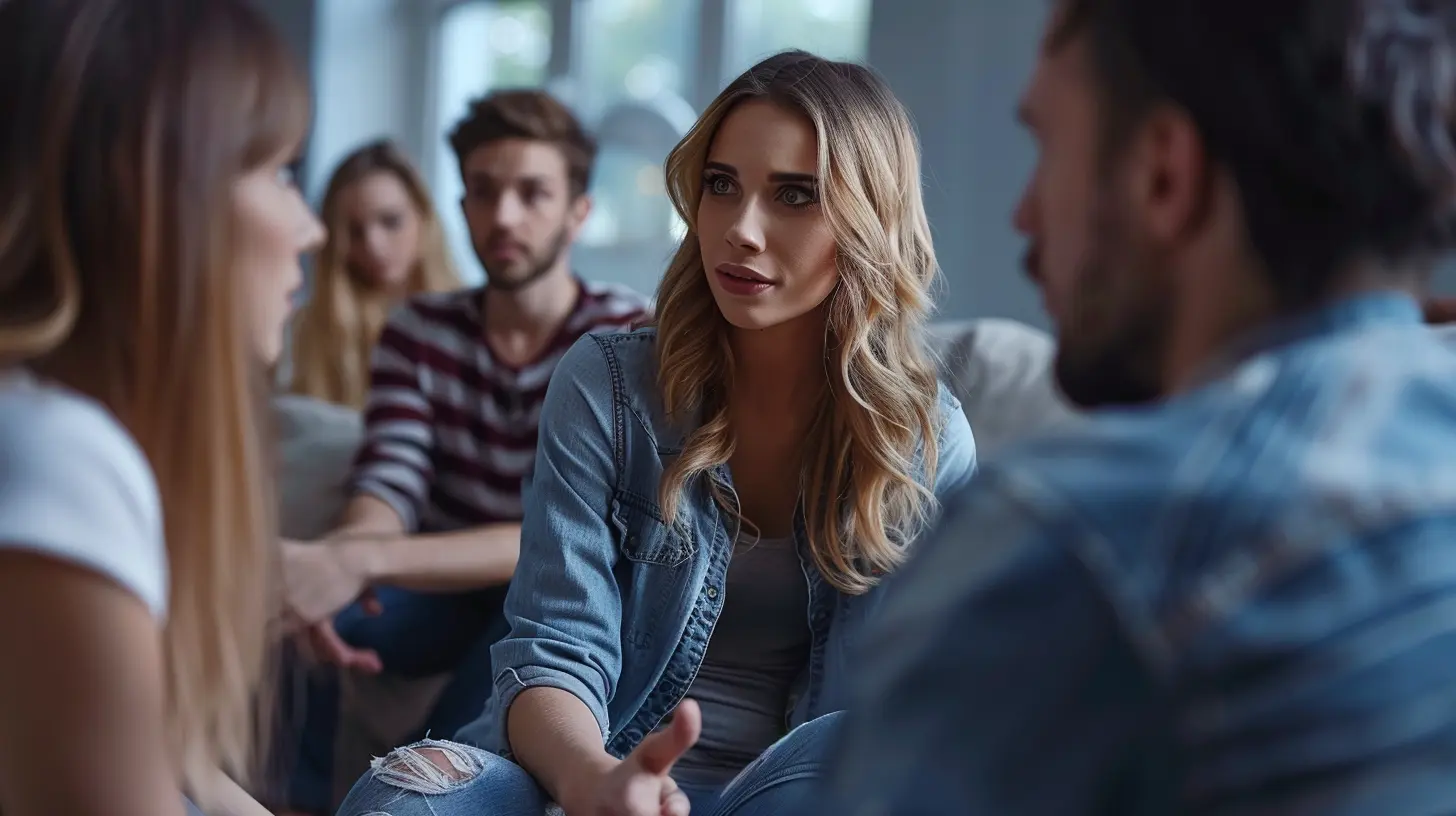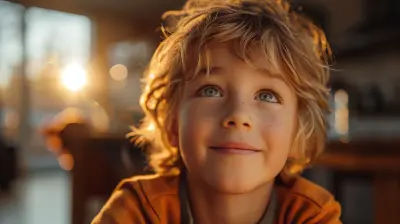Group Therapy for PTSD: Healing in Community
8 November 2025
Post-Traumatic Stress Disorder (PTSD) can feel like a heavy burden, isolating those who suffer from it. The flashbacks, nightmares, and emotional numbness can make daily life overwhelming. While individual therapy is a common approach, group therapy offers a powerful alternative—providing comfort, understanding, and healing through shared experiences.
But how exactly does group therapy help with PTSD? Why does being part of a community make such a difference? Let’s dive into how group therapy serves as a lifeline for PTSD survivors, offering support, validation, and a sense of belonging.

Understanding PTSD and Its Challenges
PTSD develops after experiencing or witnessing a traumatic event—such as combat, sexual assault, natural disasters, or serious accidents. It affects not only the mind but also the body, leading to symptoms like:- Intrusive thoughts or flashbacks
- Emotional numbness or detachment
- Hypervigilance and anxiety
- Difficulty trusting others
- Sleep disturbances and mood swings
One of the toughest parts of PTSD is the sense of isolation that often accompanies it. Many survivors feel misunderstood or believe that no one else could possibly relate to their experiences. This is where group therapy steps in, creating a safe space for individuals to connect and heal together.

What is Group Therapy for PTSD?
Group therapy is a structured, therapist-led treatment where individuals with similar experiences come together to share, listen, and support each other. Unlike one-on-one therapy, group therapy provides a collective healing experience, where participants learn from each other’s journeys, rather than solely relying on a therapist’s guidance.Typical PTSD group therapy sessions include:
- Talking Circles: Open discussions where members share their struggles and progress.
- Cognitive Behavioral Therapy (CBT): Identifying and challenging negative thought patterns.
- Exposure Therapy: Gradual desensitization to traumatic memories in a controlled environment.
- Mindfulness and Relaxation Techniques: Helping participants manage stress and anxiety.

The Power of Healing in a Community
1. Validation and Understanding
One of the most healing aspects of group therapy is the realization that you're not alone. PTSD can make individuals feel detached from the world, but hearing others share similar fears, struggles, and coping mechanisms creates a sense of belonging.It’s like walking into a room full of people who truly "get it." There’s no need to explain every single feeling—because the others already understand. This validation can be profoundly reassuring and comforting.
2. Learning from Shared Experiences
In group therapy, participants not only share their struggles but also discuss coping strategies that have worked for them. This creates an environment rich in collective wisdom—where different viewpoints and past experiences can provide new ways to manage PTSD symptoms.Think of it like a supportive brainstorming session—everyone brings something valuable to the table. You might learn a breathing technique that helps with panic attacks or a self-care routine that brings comfort after a tough day.
3. Developing Social Skills and Rebuilding Trust
PTSD often damages a person’s ability to trust others, making social interactions feel risky or exhausting. Group therapy provides a safe environment to rebuild these skills, allowing members to practice healthy communication, boundaries, and emotional expression in a judgment-free zone.Over time, the group setting teaches participants that not all relationships are dangerous, helping them gradually restore confidence in forming meaningful connections outside of therapy.
4. Accountability and Encouragement
Healing isn’t always linear—there are setbacks, tough days, and moments of doubt. But being part of a supportive community means there’s always someone cheering you on.In group therapy, members hold each other accountable, encouraging one another to keep moving forward even when the journey gets difficult. This consistent motivation can make all the difference in staying committed to therapy and personal growth.
5. Reduction in Shame and Self-Blame
Many PTSD survivors struggle with guilt and shame over what happened to them. They may feel responsible for their trauma or believe they should have handled it differently.Group therapy helps counter these beliefs by providing multiple perspectives—often revealing that other survivors feel the same way. Hearing others challenge their own self-blame encourages participants to reframe their own thoughts, leading to self-compassion and forgiveness.

Who Can Benefit From Group Therapy for PTSD?
Group therapy isn’t a one-size-fits-all solution, but it can be incredibly beneficial for:- Veterans and first responders coping with combat-related PTSD
- Survivors of abuse, assault, or domestic violence
- Individuals recovering from traumatic accidents or natural disasters
- Anyone struggling with PTSD-related isolation
That said, some individuals may find one-on-one therapy more helpful—especially those who struggle with severe social anxiety or difficulty opening up in a group setting. The key is finding the right fit based on personal comfort and therapeutic needs.
Overcoming the Fear of Joining a Group
It’s completely normal to feel anxious or hesitant about joining group therapy. Sharing personal experiences with strangers can seem nerve-wracking! However, most people find that, over time, the benefits far outweigh the initial discomfort.Here are a few reminders if you're hesitant:
- You control what you share—there’s no pressure to open up immediately.
- The environment is safe and confidential, allowing for open and honest discussions.
- Therapists facilitate sessions, ensuring a structured and respectful atmosphere.
- Everyone in the group has similar struggles, so there’s a foundation of mutual understanding from the start.
Taking the first step is often the hardest part, but once you do, the support and healing that follow can be truly life-changing.
Final Thoughts: Healing Together
PTSD recovery is challenging, but no one has to face it alone. Group therapy offers a unique and powerful form of healing, allowing individuals to share experiences, rebuild trust, and find comfort in community.If you've been feeling isolated in your PTSD journey, consider giving group therapy a try. Sometimes, the best way to heal is alongside others who understand—because healing doesn't just happen alone; it happens together.
all images in this post were generated using AI tools
Category:
Group TherapyAuthor:

Jenna Richardson
Discussion
rate this article
1 comments
Jacob Clayton
Group therapy offers a powerful pathway to healing for those with PTSD. Sharing experiences in a supportive community fosters connection, understanding, and resilience. Remember, you are not alone on this journey—together, we can find strength and hope.
November 11, 2025 at 3:31 AM

Jenna Richardson
Thank you for emphasizing the importance of community in healing from PTSD. Together, we can indeed foster resilience and hope.


